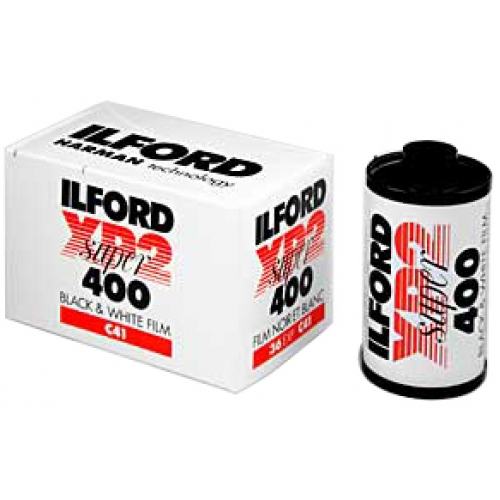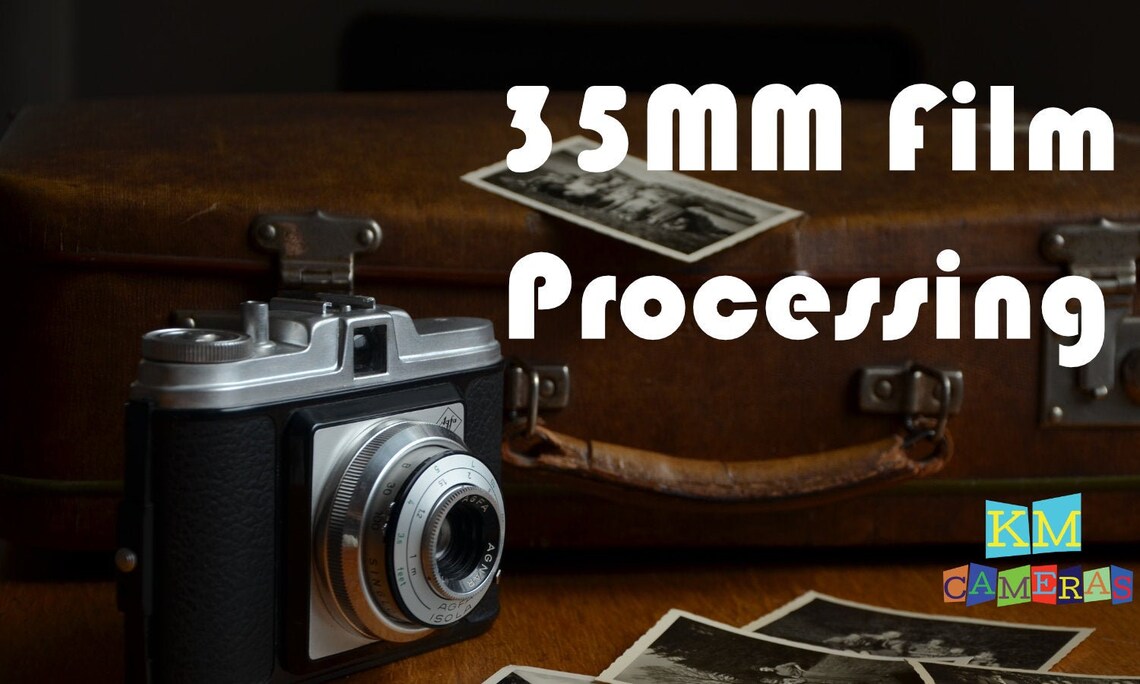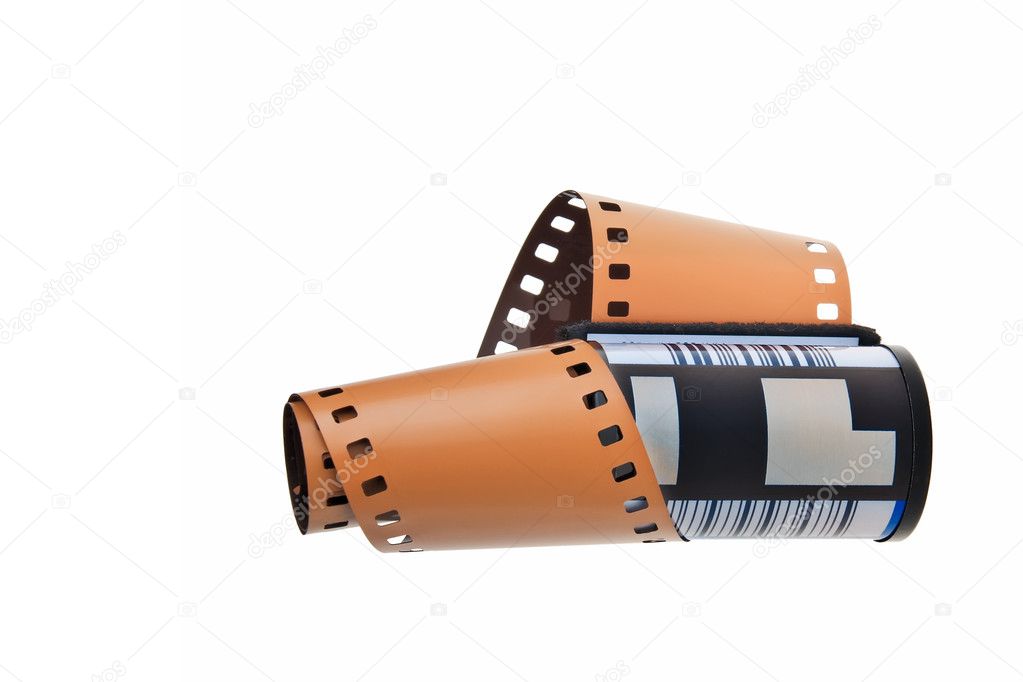

C41 FILM ISO
ISO 400 daylight balanced 35mm colour negative film This film continues CineStill’s ongoing tradition of cinematic film emulsions made for still photographers, allowing them to maximize their creativity and produce remarkable images that express who they are as artists.
C41 FILM MANUAL
In addition, it also features a process-surviving anti-static lubricant coating ideal film for both manual SLRs and automatic winding cameras. This makes the film highly versatile, usable both indoors or in the studio, under virtually any lighting conditions.Ĥ00D was specifically designed for still photography to be processed in C-41 chemistry by any photo lab or at home. The film has a wide dynamic range, with a base sensitivity of ISO 400 but can be rated from 200 to 800, and it can be pushed up to 3200.
C41 FILM SKIN
Made from fresh Kodak cinema film, CineStill 400Dynamic is a fine-grain daylight-balanced colour negative film that delivers a soft colour palette with natural saturation and rich, warm skin tones. Brand new stock, fresh from the factory This is NOT re-branded or repackaged Kodak, Vision3 or Fujifilm, this is a brand new film made in Germany. NC500 is a daylight balanced 400iso film, designed for shooting outside in natural light. " With WOLFEN NC500, we are not trying to imitate current stocks available on the market, we are creating an alternative, something with different characteristics and a different palette. These Agfa Motion Picture films were famous for their greens, desaturated shadows and enhanced grains, and these are features that ORWO have embraced for this new film. See the example photos shot in Fitzroy for an example.īoth new colour films are based on unique AGFA Motion Picture film recipes from the 1990s. This film produces dreamy, pastel-like colours with a slight warm yellow tone and striking reds.

NC500 is one of two new 400iso C41 colour films produced by ORWO in Germany. When shot in daylight, an 85B filter is recommended, shooting the film at 500ISO Treat this film as a high speed 800 ISO film when processing in C-41 and push process whenever needed up to 3200 ISO.ģ5mm cassettes are now DX-Coded, meaning they can be used in point & shoot cameras. This emulsion is optimised for a hybrid workflow, ideal for scanning. This 800 speed tungsten balanced colour negative film is prepared from the same Kodak motion picture film stock used by top cinematographers around the world.ĬineStill 800 is designed for difficult low light tungsten (artificial lighting) situations and may be used in many different lighting situations to achieve a variety of looks.ĬineStill's "Premoval" process makes motion picture film safe to process in standard C-41 photo lab chemicals or at home. And it’s fun.CineStill 800Tungsten is a unique film for still photographers. Nobody but you can decide if it’s worth it, and your own experience will be more informative than mine or anyone else. On the B&W roll, one of those random outdoor shots of a patio table accidentally turned out far better than expected, sort of like a scene from a 1940s noir film. This is the primary reason I’d use XP2 like this again. A detailed area enlarged at 20x30 equivalent still looked good. As mentioned, B&W processing still yields very fine grain and sharpness. 100 might be better, but since I print my own negatives and can burn/dodge if needed I’ll take the extra stop of light at 200. The fresnel was more of a torture test than a real situation. B&W processing looks great but you have to treat it like a normal film. You don’t need to squint or use a densitometer, it’s obvious. It has better shadow detail and holds back the highlights, just guessing at least 2 stops above and below the same exposure in B&W. C41 absolutely performs better in high contrast light.

One roll was processed in C41 by a local lab, the other by me in R09 1+50 for 10 minutes.

This was done on two rolls with identical exposure settings, metered at 200 (more relevant for the outside shots than the tricky spotlight). Glowing lens in the frame with the wall in shadow. My process was to load my Nikon FE (sorry, but super reliable shutter speeds for testing) and take a broad range of exposures of a very high contrast subject - a fresnel spotlight near a wall. Probably… On the other hand, XP2 in C41 is capable of handling a huge range of scene brightness, which is its primary advantage, unless you absolutely must have black and white film but can only process C41. My mind’s eyeball says I’m probably not lying. I’m not sure that you gain anything over Delta 100 or TMAX 400 though, and I didn’t directly compare. Think of it as Delta 200 or something like that. Skipping to the end, XP2 performs very well in black and white chemicals. I wanted to know as well so I made my own experiment.


 0 kommentar(er)
0 kommentar(er)
